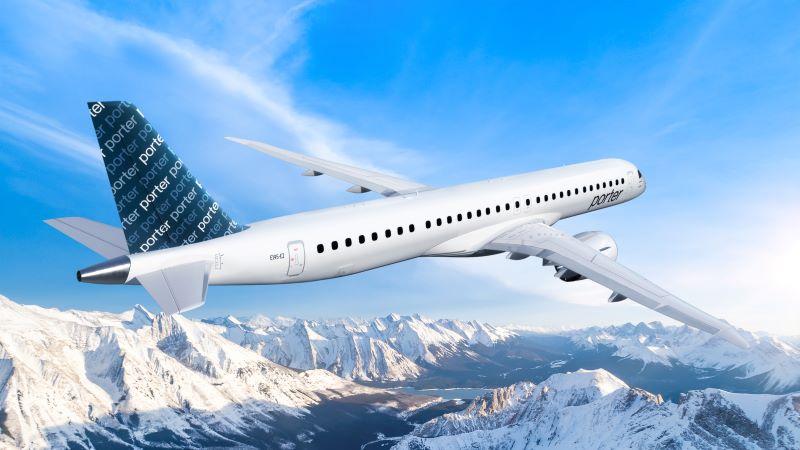
A strong recovery and favorable financing for the Embraer E195-E2 were the main drivers in Porter Airlines’ decision to expand its order book for the aircraft.
Porter forged its first deal with Embraer in the summer of 2021 involving a firm order for 30 E195-E2s and 50 options. The Canadian carrier placed an additional order in the summer of 2022 for 20 E195-E2s, bringing firm orders to 50.
The airline’s CEO Michael Deluce recently told Aviation Daily that while Porter’s initial order was in the depths of the COVID-19 crisis, the follow-up order was on the back of a continuing strong recovery in traffic.
Another important element in Porter’s decision to place a second order with Embraer is “the fact that we’ve had great success in attracting new lessors to the E195-E2 program,” Deluce said.
Porter has completed 26 sale-leaseback transactions “of the original 30 that we went to market for,” Deluce said. Agreements for the remaining four are in the final stages of completion.
The airline expects to receive its first E2s by year-end and aims to take delivery of 30 aircraft over the next 12 months. Porter recently announced its initial routes for the aircraft will be from Toronto Pearson International Airport to Edmonton, Ottawa, Montreal and Vancouver beginning in February 2023.




Comments